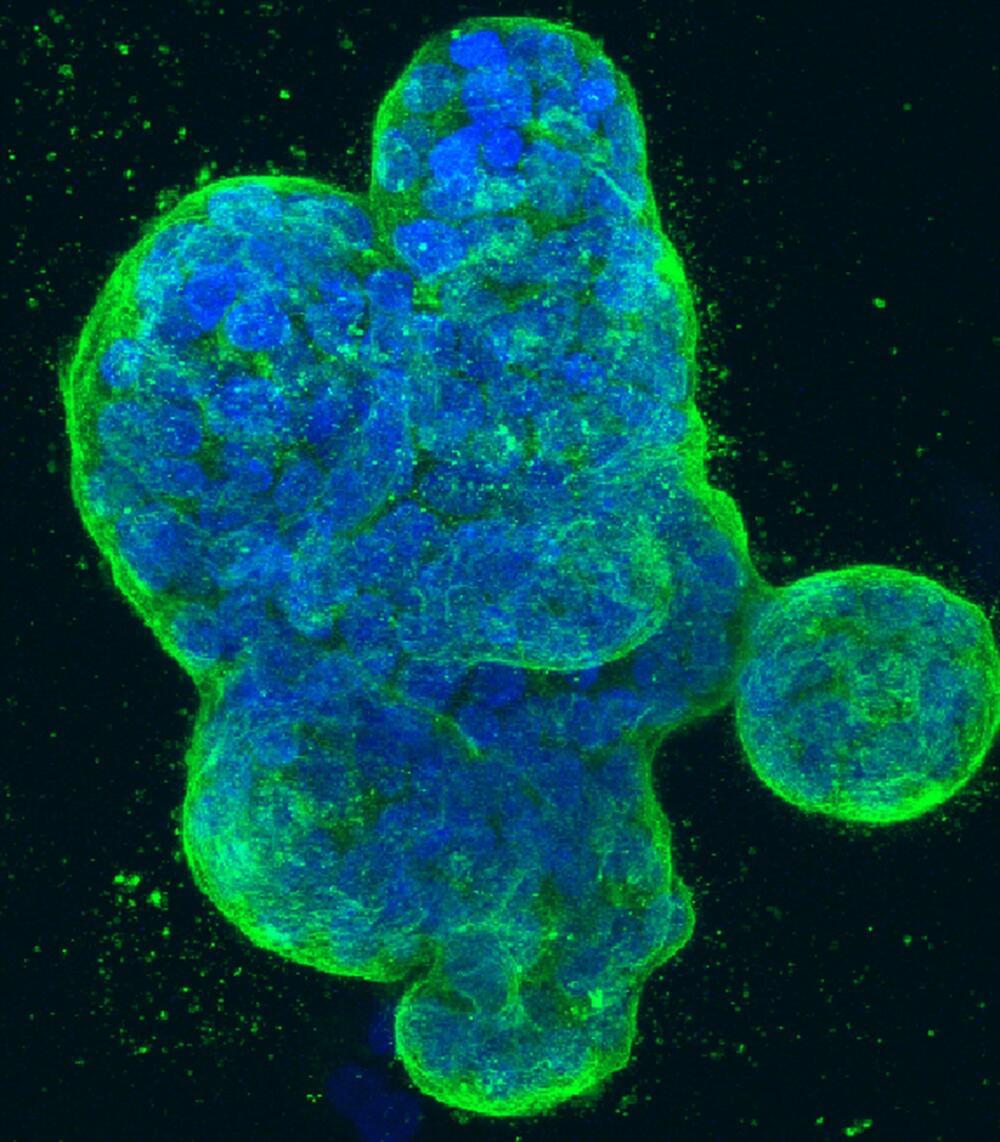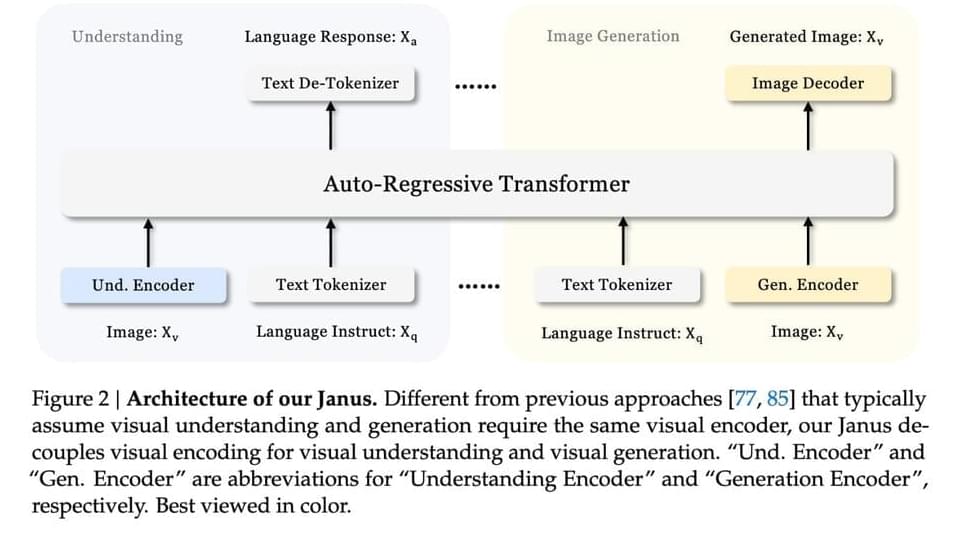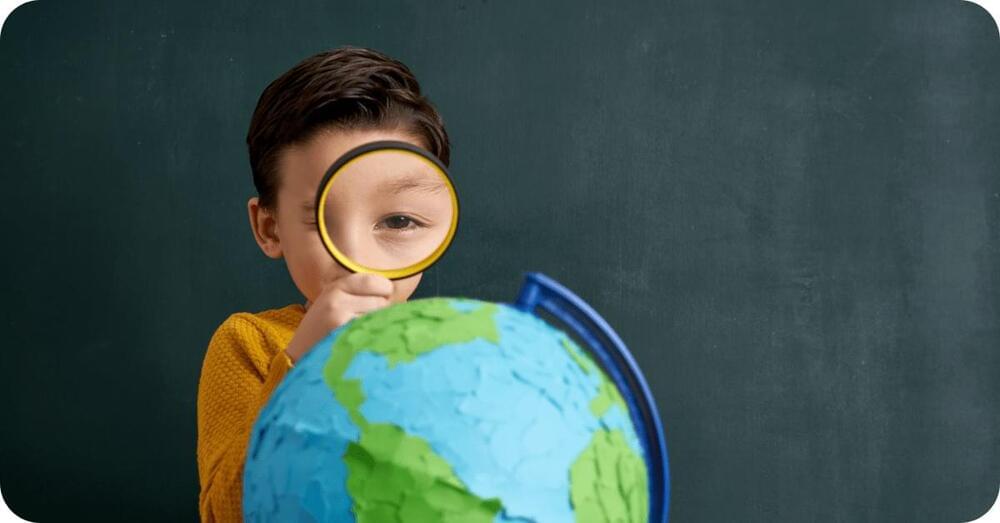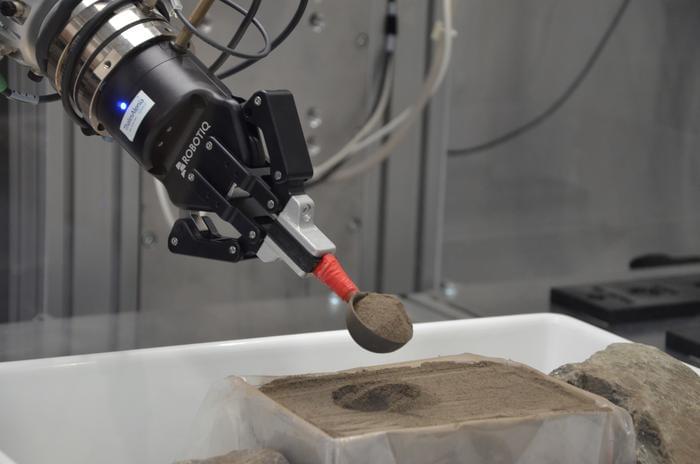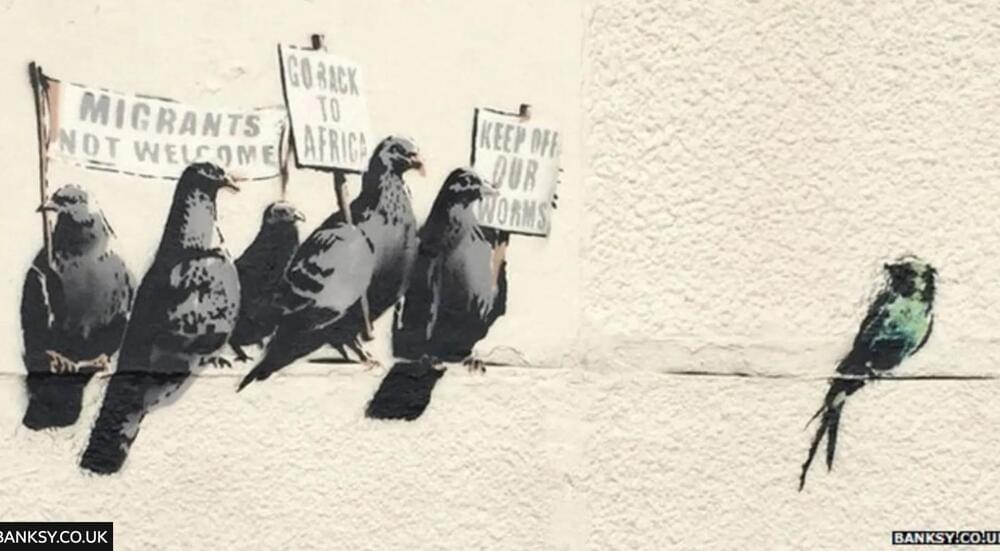Multimodal AI models are powerful tools capable of both understanding and generating visual content. However, existing approaches often use a single visual encoder for both tasks, which leads to suboptimal performance due to the fundamentally different requirements of understanding and generation. Understanding requires high-level semantic abstraction, while generation focuses on local details and global consistency. This mismatch results in conflicts that limit the overall efficiency and accuracy of the model.
Researchers from DeepSeek-AI, the University of Hong Kong, and Peking University propose Janus, a novel autoregressive framework that unifies multimodal understanding and generation by employing two distinct visual encoding pathways. Unlike prior models that use a single encoder, Janus introduces a specialized pathway for each task, both of which are processed through a unified transformer. This unique design alleviates conflicts inherent in prior models and provides enhanced flexibility, enabling different encoding methods that best suit each modality. The name “Janus” aptly represents this duality, much like the Roman god, with two faces representing transitions and coexistence.
The architecture of Janus consists of two main components: an Understanding Encoder and a Generation Encoder, each tasked with handling multimodal inputs differently. For multimodal understanding, Janus uses a high-dimensional semantic feature extraction approach through SigLIP, transforming the features into a sequence compatible with the language model. For visual generation, Janus utilizes a VQ tokenizer that converts visual data into discrete representations, enabling detailed image synthesis. Both tasks are processed by a shared transformer, enabling the model to operate in an autoregressive fashion. This approach allows the model to decouple the requirements of each visual task, simplifying implementation and improving scalability.
